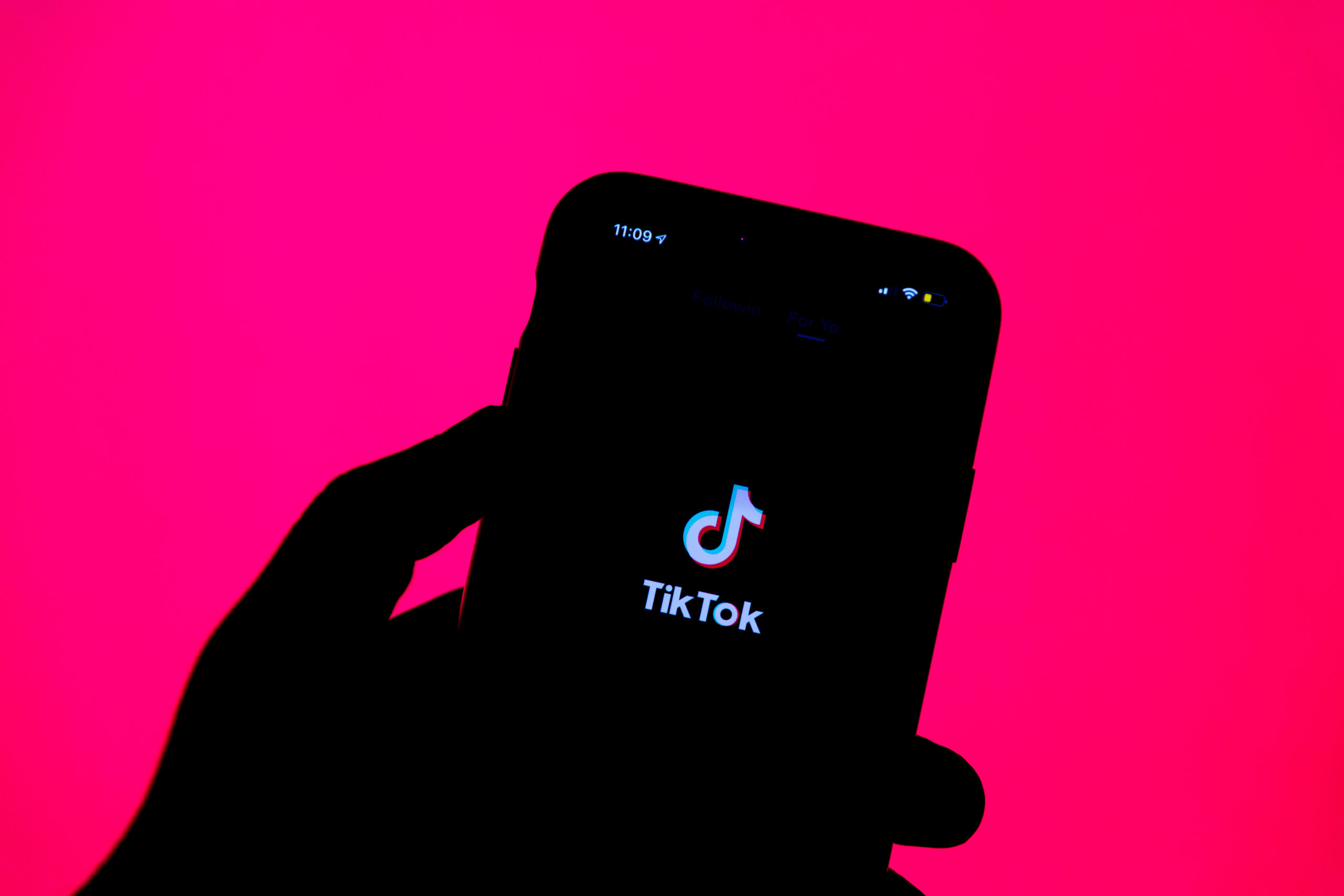Illinois high school educators lead nation in developing media literacy program required by new state law
Illinois is the first state to require a media literacy unit as part of the annual curriculum for high school students.
Educators are spending this year adjusting and developing their lesson plans accordingly, which advocates say will establish a new standard for US public education.

Beginning next fall, students will be exposed to the following topics: accessing information,
analyzing and evaluating media messages, creating media, reflecting on media consumption, and social responsibility and civics.
Illinois Gov. J.B. Pritzker signed the measure this summer.
The bill establishes that educators will receive resources and instructional materials to facilitate the integration of media literacy. Local experts have also stepped up to assist teachers.
The law is “really forward thinking in the sense that it gives the autonomy for the school to decide what’s best for their students,” said Yonty Friesem, assistant professor in the Communication Department at Columbia College Chicago.
Friesem reviewed and suggested changes during the final stages of drafting the legislation.
One of the bill’s sponsors, State Rep. Elizabeth Hernandez, D-Cicero, told the Center Square in 2019 when the idea was first floated that media literacy “really aims at trying to be more cognizant of the kind of information that is out there nationwide.’ She said this information is characterized as fake news.
Sen. Karina Villa, D-West Chicago told Capitol News that young people are at risk of “persecution and misinformation” while using the internet to consume, create and share news.” and to “debate and discuss social issues, politics and civic issues.”
The precise importance of media literacy strives to educate how to navigate the understanding of messages received through popular media channels, to teach and guide young people as they maneuver around the fast-evolving media world that is exploding with information and misinformation.
Under the measure, students will be taught to “access, analyze, evaluate, create, and communicate using a variety of objective forms, including, but not limited to, print, visual, audio, interactive, and digital texts.”
The lack of specificity around the curriculum grants schools and educators the freedom to apply it to any subject matter at any moment throughout the school year, Friesem said.
Although many educators across the state may have long established ways of including these topics or other forms of media literacy into their curriculum, the new measure gives them access to more resources through the State Board of Education.
The State Board of Education has yet to publish or release specific materials to guide teachers in implementing media literacy.
Edwin Gonzalez is a teacher at the Instituto Justice and Leadership Academy in the Pilsen neighborhood of Chicago. He teaches digital art, a combination of graphic design, web design and video and audio production.
In his classes, students learn to think about ways to engage with technology as they create messages. “They are doing things like creating posters for issues they’ve learned through media channels that hold personal meaning such as police brutality, income gaps, and topics that affect LGBTQ students,” he said.
“We have an English class called literature of the oppressed, so as opposed to reading books from dead, old, white men, they’re reading about women, LGBTQ folks, about people who reflect them and the community,” he said.
His practice reflects how many educators are already incorporating and expanding media literacy into their teaching practices.
The autonomy of this bill allows educators to develop their lessons and curriculum in a manner that speaks to students. “How do we make it make sense to our youth?” Gonzalez said. If it says, “students can engage critically with the internet,” what does that mean? The flexibility will allow us to make it about social justice, to connect it to their lives and experiences in a way that’s relevant to them.”
Michael Spikes, adjunct professor at Columbia College Chicago and head of the Illinois chapter of Media Literacy Now, said the real work around the new law will happen this year as they start to train teachers.
“How do we start disseminating it, while thinking about the fidelity of the lessons themselves?” he said.
Spikes previously has worked with high school teachers and librarians in helping them develop media literacy curriculum compatible with their respective constituencies.
He said teachers may opt to include a week-long unit of instruction specific to media literacy and others focused on media literacy skills and applying them towards civic engagement or a broader understanding of the world.
The media literacy community is “vibrant,” Spikes said, with vast resources and approaches and others with “sub-domains” such as news, digital, and civic media literacy.
Spikes and Friesem said it is important to create a framework and not a fully developed curriculum, which will enable schools and teachers to develop their own instruction from a centralized hub.
The Chicago educators co-founded the Illinois Media Literacy Coalition.
This newly launched website provides a “framework for adapting media literacy into high school classrooms,” and “guiding principles on how to implement it into existing curriculum.” The focus with establishing this framework strives to maintain structure and fidelity as it relates to media literacy.
Emily Olivares is a Chicago-based correspondent studying creative writing and advertising at Columbia College Chicago. She is the president of the school’s Student Veterans Association.


